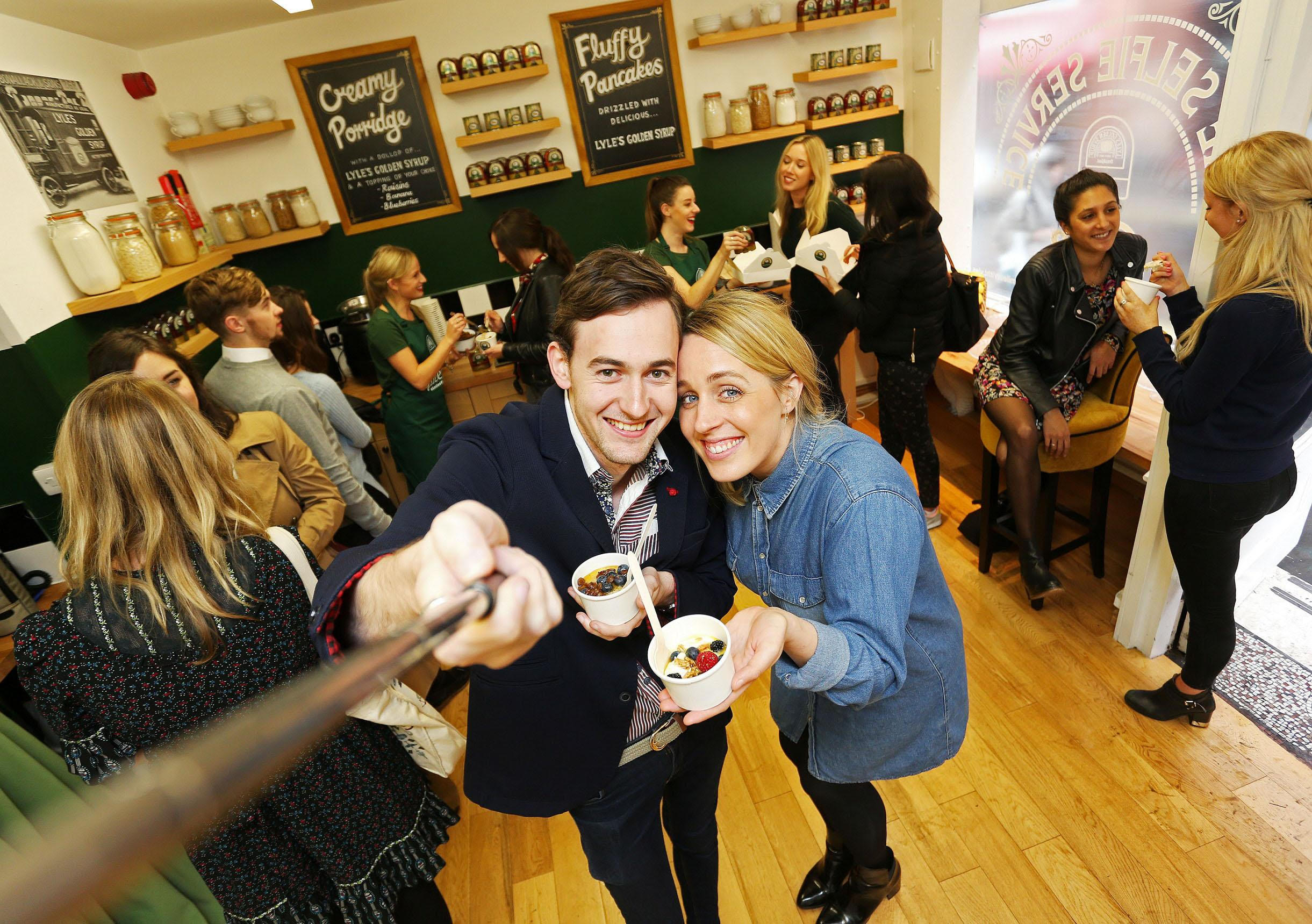 Springboard has reported on the 2018 Christmas trading period, the start of which was marked (some would say badly) by Black Friday, which did not make any significant difference to the success of bricks and mortar destinations. Even online spend on what is now a key day in the trading calendar did not benefit as much as anticipated.
Springboard has reported on the 2018 Christmas trading period, the start of which was marked (some would say badly) by Black Friday, which did not make any significant difference to the success of bricks and mortar destinations. Even online spend on what is now a key day in the trading calendar did not benefit as much as anticipated.
This contrasts with 2017 when the pattern of Christmas trading was shaped by Black Friday. This year, footfall rose by just +1.7% in Black Friday week (week 47) compared with +4.9% last year.
Overall footfall declined by -2.6% in December 2018, which is the second largest drop since 2010. Both high streets and retail parks fared more favourably than shopping centres in terms of footfall, each recording a decline of -2.1% whilst footfall in shopping centres declined by -3.9%.
Footfall performance over the first half of December deteriorated rapidly and consumers channelled disposable incomes into ‘experiential’ intangibles that look good on Instagram, diluting spend that previously would have been captured by traditional retailers.
In the second half of the month the extra trading day before Christmas and seasonally mild weather supported footfall in the third week, but by the final trading week before Christmas footfall dipped again. Footfall rose from last year in the post-Christmas week, driven by consumers seeking out the biggest possible discounts.
The diminishing significance of Boxing Day as a key trading day was underlined, with footfall declining from Boxing Day 2017. Footfall declined by -3.1% on Boxing Day, the third year in a row that it has been lower than Boxing Day the year before. footfall on Boxing Day 2018 was 8.5% lower than on Black Friday. Footfall on Boxing Day has been lower than on Black Friday in every year since its widespread adoption in 2013.
It was found that discounting did not make any discernible difference to footfall within destinations or stores themselves, nor even to sales which declined significantly from the Christmas trading period last year. Department stores (-4.7%) and the fashion sectors (-9.3%) fared particularly badly, along with DIY & Garden (-8.8%) and Health & Beauty (-6.0%).
The store Capture Rate – the share of footfall in a destination that enters stores – dropped from last year, indicating that stores lost proportionately more shoppers than the locations in which they trade. With fewer in store shoppers it meant that conversion rates and/or transaction values needed to increase substantially in order to mitigate the level of discounting, which was always going to be a difficult ask for retailers.
Footfall on New Year’s Eve 2018 bounced back from 2017, partly thanks to the milder weather. Footfall on New Year’s Eve rose by +11.1% over 24 hours and by +4.6% from 7pm onwards. To some degree this rise is due to a significant drop in footfall on New Year’s Eve in 2017 of -10.5%, due to Storm Dylan.
Looking ahead in 2019, Springboard has assessed that it is trading conditions will noticeably change, due to the underlying structural shift in consumer demand toward leisure-based intangibles.
Featured image taken from Lyle’s Golden Syrup selfie service cafe












